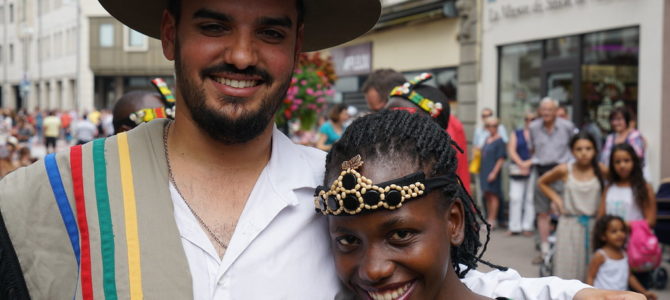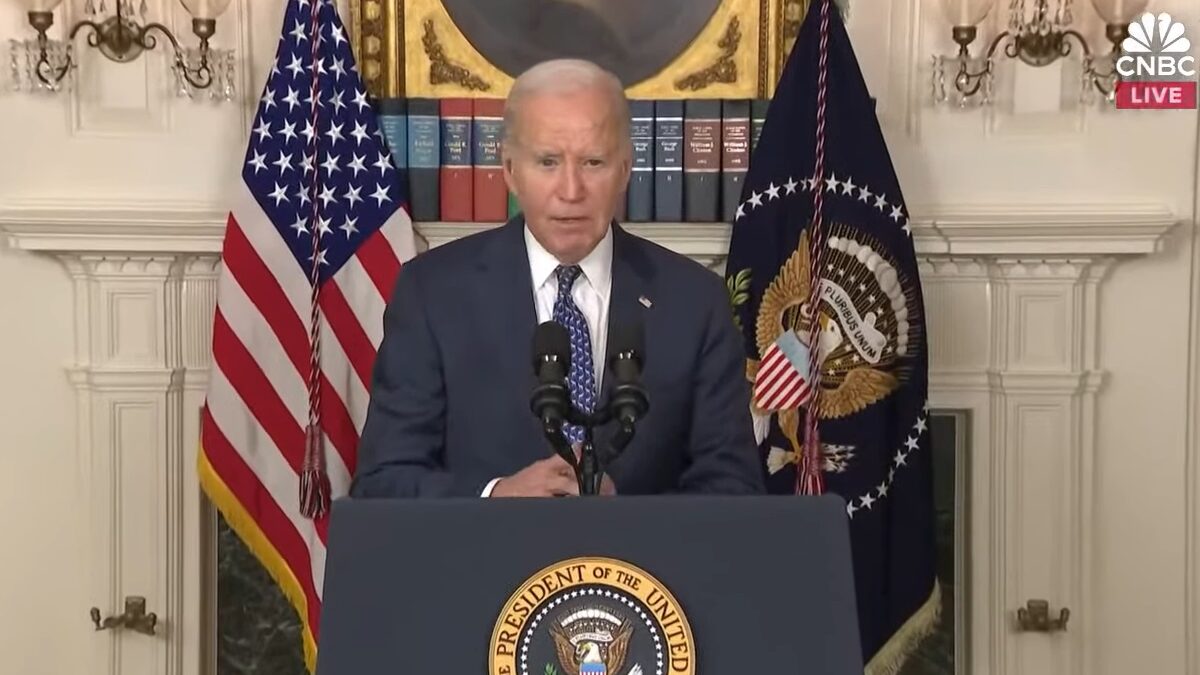
The term white fragility is in full circulation now in mainstream society. It has gained this traction since Robin DiAngelo’s book on the subject hit the shelves approximately one year ago, and gained status on the New York Times best-seller list.
For many years, however, the term has had traction in academic circles, particularly within the social sciences. In my discipline (a mental health field), I have taken issue with the term on a number of points. As DiAngelo’s book on the subject has mainstreamed the concept, I’ve found it increasingly necessary to address the term’s problems.
An Inherently Racist Concept
I struggle to imagine how one could get away with using this same kind of terminology in reference to other racial or cultural groups in our society. Would we ever consider the use of terms such as “black fragility,” “Hispanic fragility,” “gay fragility,” “transgender fragility,” or “female fragility” in a comparably pejorative tone without a massive (and appropriate) uproar of social objection? How it is that we accept and justify such demeaning language in reference to those who are white?
Likewise, would we not consider such terminology in reference to these other groups to be racist, sexist, discriminatory against the LGBT population, and more, due to how such terminology limits an individual’s capacity for success in a given domain by appealing to group stereotypes?
In short, the term and entire concept itself is racist (yes, I know DiAngelo is white). When I say racist I mean actual racism, when one devalues another (like calling him or her fragile) solely on the basis of his or her skin color and group identity. As such, it is divisive and harmful, not just to white people, but to the professed goal of facilitating a larger conversation about racism.
The problems with this concept also go much deeper, and we must look to its definition to tease them out. DiAngelo first coined the term in her 2011 article “White Fragility” in the International Journal of Critical Pedagogy. She defines it as:
A state in which even a minimum amount of racial stress becomes intolerable, triggering a range of defensive moves. These moves include the outward display of emotions such as anger, fear, and guilt, and behaviors such as argumentation, silence, and leaving the stress-induced situation. These behaviors, in turn, function to reinstate white racial equilibrium.
I take serious issue with the way this definition is framed because it self-referentially dismisses dissent. According to this definition, if a white person voices any disagreement, such disagreement may be categorized as argumentation (which is assumed to be fueled by anger, fear, guilt). Therefore it is one’s white fragility that causes him or her to disagree.
Dissent Is Delegitimized
On the other hand, if a white person disagrees but doesn’t voice it (because he or she knows it will only draw such criticism and censorship), he or she remains silent or chooses to exit the conversation, and this too is due to white fragility. This means that whatever one does, he is termed fragile unless, of course, that individual agrees openly and submits to the label.
But wait, that too is fragility, because one lacks the backbone and self-respect to take issue with the framing of the whole conversation. So no matter what one does, it can be categorized as white fragility, placing him or her in an inferior and demeaning social position because of the color of his or her skin. This is so harmful to the professed goal of facilitating a larger conversation about racism because no self-respecting person will accept such terms for a discussion.
Herein is the larger overarching problem: a discussion doesn’t appear to be the goal. Discussions are mutually and voluntarily engaged in and involve input from and consideration for all parties involved. This concept of white fragility is designed to secure one-way lectures, not discussions.
Such one-way lectures are exhibited in the Race to Dinner program, which challenges white women to host the co-founders of the organization (a brown woman and a black woman) to dinner in order to be told about their “complicity in upholding white supremacy and keeping Brown and Black women down.” In fact, the term white fragility serves as the culminating concept for placing white people within our society in a double bind.
The Double Bind
The double bind is a concept at the center of the Gregory Bateson research group’s theory of schizophrenia. The theory identifies a sequential interaction pattern that renders inner conflicts of logical typing in one of the individuals involved.
In essence, the double bind is a mechanism of psychological domination, where one entity constructs an experience that results in an inner conflict and altering of reality in the other. There are three basic steps to the double bind:
- An initial negative injunction;
- A secondary injunction that negates the first at a more abstract level; and
- A tertiary negative injunction that keeps the victim from escaping the situation.
So let’s walk through all the steps that place white people in our society in this double bind, of which DiAngelo’s concept of white fragility is the tertiary negative injunction.
Step one is directing white persons to engage in a conversation on racism, and implying that to not do so betrays their racism (the initial negative injunction). Step two is bristling at that engagement (which was initiated in step one) and communicating that their perspective is less valid (due to being white) and that they should, therefore, be quiet (the secondary negative injunction).
This second step has been codified by the term white privilege. Any active engagement of a white person in the conversation can be assumed as an exercise of his or her white privilege, and any contributions or points made can be dismissed on the basis of his or her white privilege. When a white person takes issue with this term’s debasement and dismissal of his or her life experience, the third and final step of the double bind is employed with the term white fragility.
Step three is expecting compliance with the framing of the whole conversation at the expense of white persons. It also involves the consequent labeling of them as fragile for taking issue with the dismissal of their personhood on account of their skin tone (the tertiary negative injunction). Taking issue with the dismissal of people’s personhood is not even considered to be possibly legitimate. Instead, such dissent is assumed to be due to their fragility and inability to stay engaged with the conversation as framed.
Undermining Ideological Opponents
All this considered, the term white fragility undermines productive conversation about race relations in our country, a conversation we desperately need to be able to have.
The concept’s demeaning and racist terminology, systematic and self-referential dismissal of dissent, and contribution to the construction of a societal double bind in discussions of race and racism are only harmful to our society. It serves only as a mechanism of domination and power assertion in race relations, and such an approach can only be divisive and alienating, making important and productive conversations more difficult for us to have.
The only way to escape a double bind is to be able to identify and name it—to call attention to the process that’s unfolding. By identifying this double bind, we will be better equipped to escape it and move on to more productive and helpful conversations on race relations in our society.







